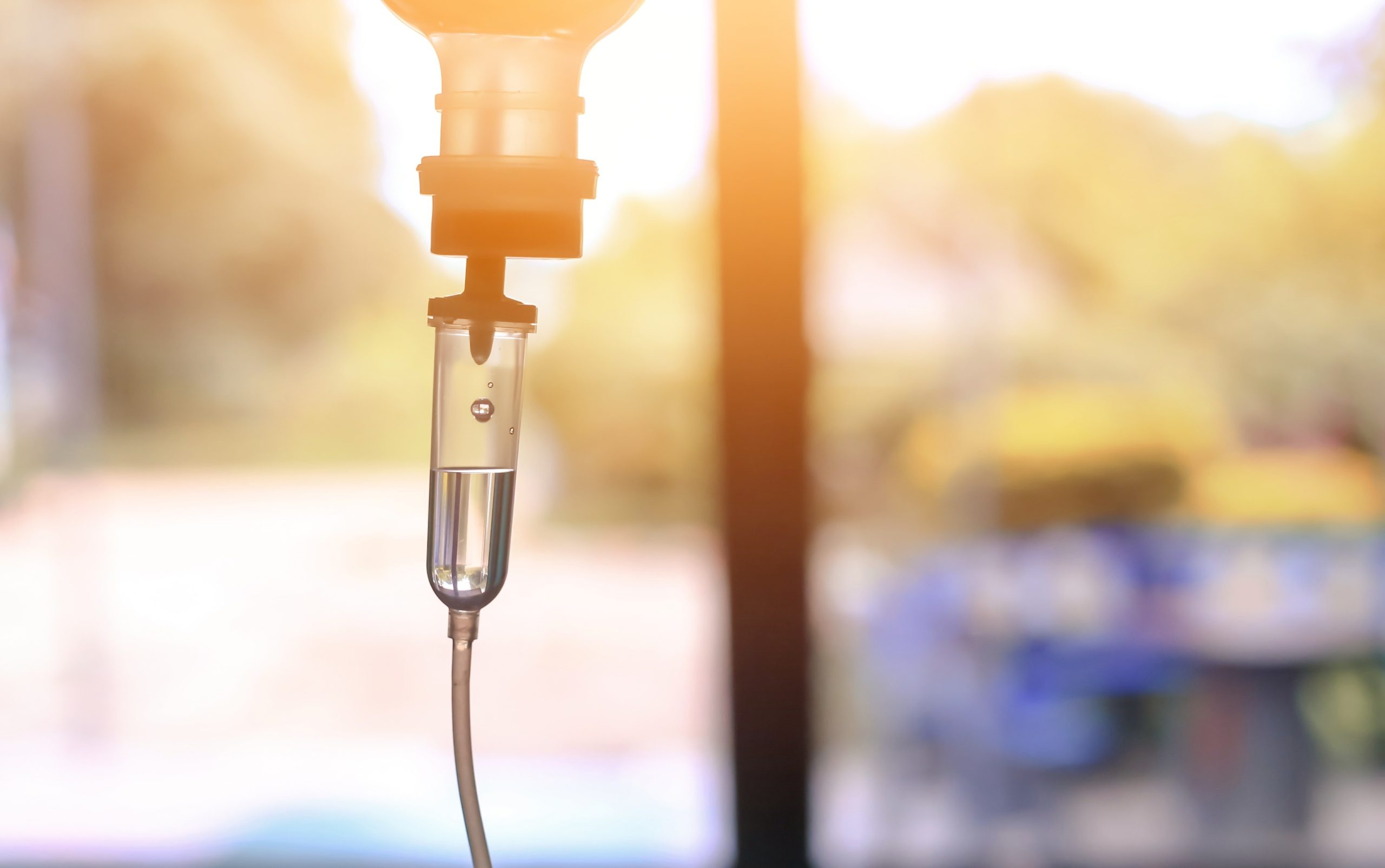Sterilizing IV Drip Fluid: Closed Loop Heat Exchangers
Published: September 17, 2025 Intravenous (IV) fluids are among the most tightly regulated products in pharmaceutical production. Given that they bypass the body’s natural defenses and enter directly into the bloodstream, even miniscule contamination can pose serious risks. One sterilization method for IV fluid manufacturing involves closed-loop heat exchanger systems.
Intravenous (IV) fluids are among the most tightly regulated products in pharmaceutical production. Given that they bypass the body’s natural defenses and enter directly into the bloodstream, even miniscule contamination can pose serious risks. One sterilization method for IV fluid manufacturing involves closed-loop heat exchanger systems.
What Is IV Fluid Sterilization?
IV solutions are typically composed of water for injection (WFI), electrolytes, sugars, or medication. While these components are chemically simple, they have certain sterility requirements. Microbial contamination, endotoxins, and particulates must all be eliminated in accordance with standards outlined by the United States Pharmacopeia and the FDA’s Current Good Manufacturing Practice.
Unlike dry goods or surfaces, liquids require specific time-temperature curves to achieve sterility. Overheating may degrade sensitive additives; underheating may allow survival of heat-resistant spores. This is a key factor in water for injection preparation.
Steam vs Hot Water Sterilization: Which Is Better for IV Fluids?
In pharmaceutical manufacturing of IV fluids, steam sterilization via autoclaves or continuous-flow systems is commonly used. However, indirect hot water sterilization is often preferred. Shell-and-tube heat exchangers allow the fluid to heat up and cool down in a controlled manner, with precise hold times, and little risk of contamination from the heating source.

Pharmaceutical Client: Closed Loop Heat Exchanger Design Considerations
One recent Ace client is a long-standing manufacturer of intravenous fluid bags. Based in California, they’ve worked with Howard’s Engineering and Ace Heaters since 1999. When their HX-6 Sterilizer Heat Exchanger reached the end of its service life, we manufactured the replacement. The new unit, an Ace Heaters model BEU 20-6-240, is a 2-pass, horizontally mounted, double-stacked exchanger. It’s designed to move medium-temperature water through the shell side and low-temperature water through the tubes, delivering the stable thermal transfer required for sterilization.
Built in accordance with ASME Code and registered with the National Board, the high efficiency heat exchanger features Type 316/L stainless steel construction on both channel and shell. It’s constructed with Type 304/L stainless steel tubesheets and single-wall welded 316/L stainless steel tubing. An electropolished exterior and seismic-rated saddles round off a well-built product. This specific construction is key because materials used in both the heat exchanger and transfer lines must resist corrosion, minimize leaching, and withstand repeated sterilization cycles.
The Most Efficient Heat Exchanger
Unlike the previous units which required annual gasket replacement, the new heat exchanger design helps extend service intervals. With local manufacturing in Corona and Irvine, Ace delivered a reliable, code-compliant solution for the client. For more information or to determine a heating solution for your operation, contact us today.
